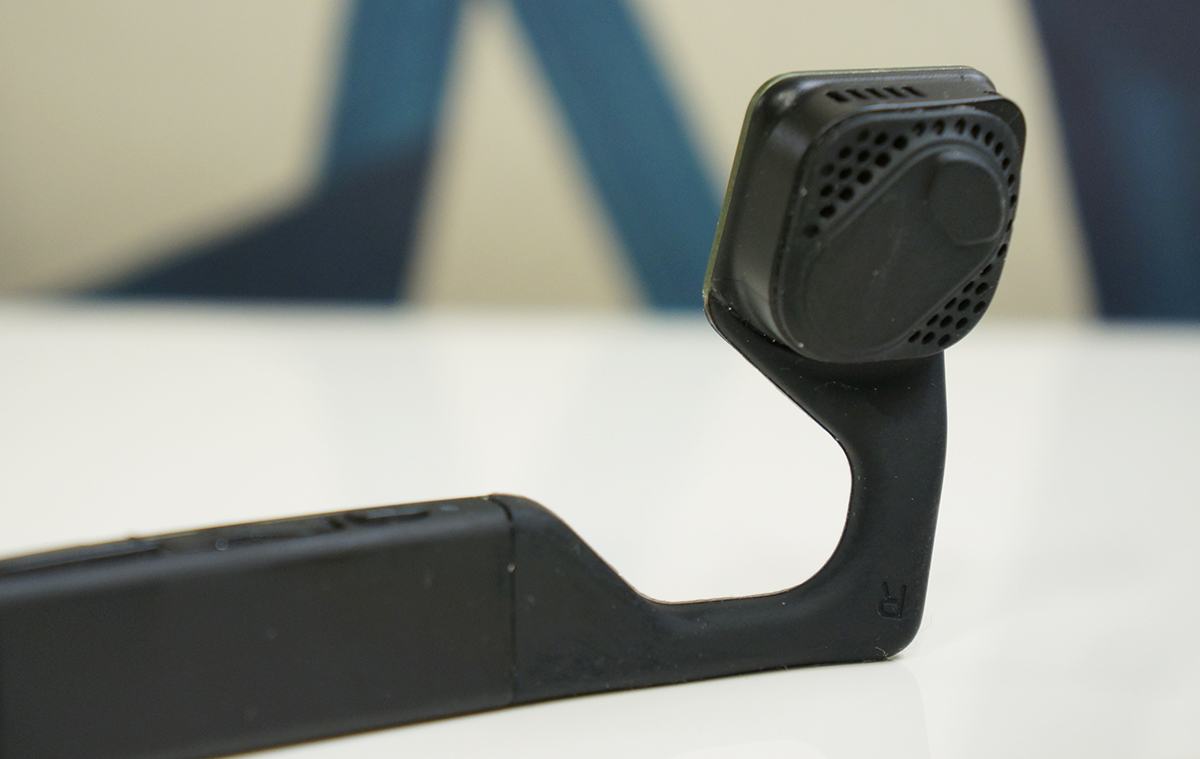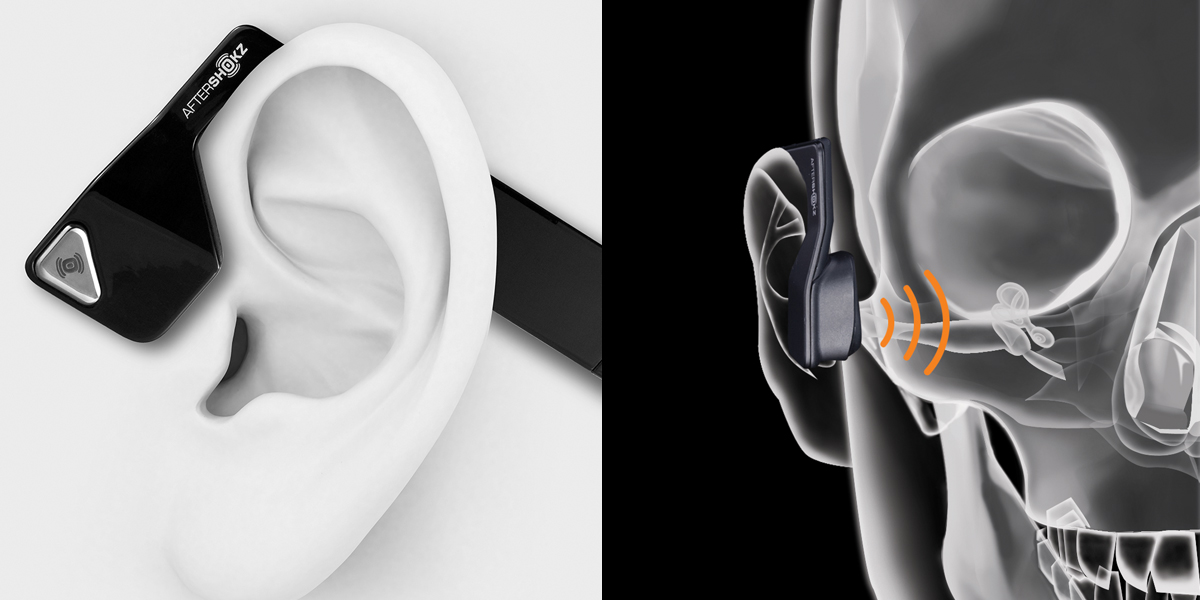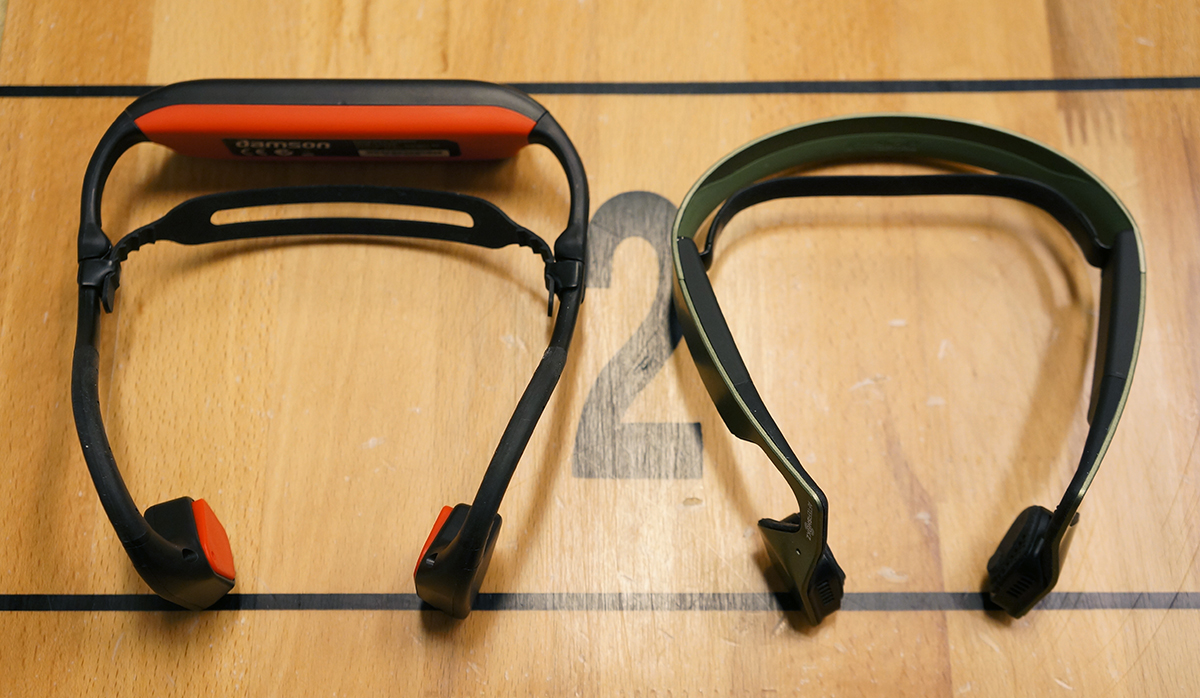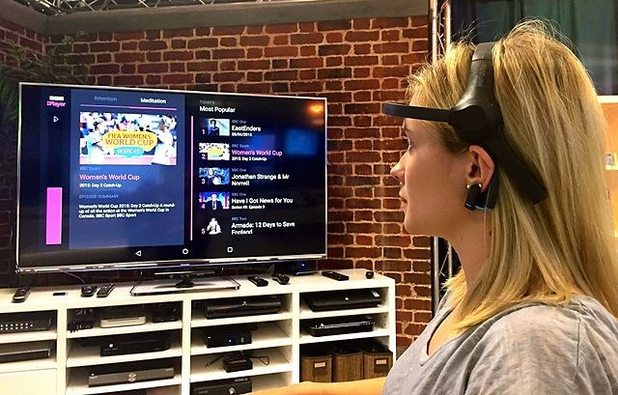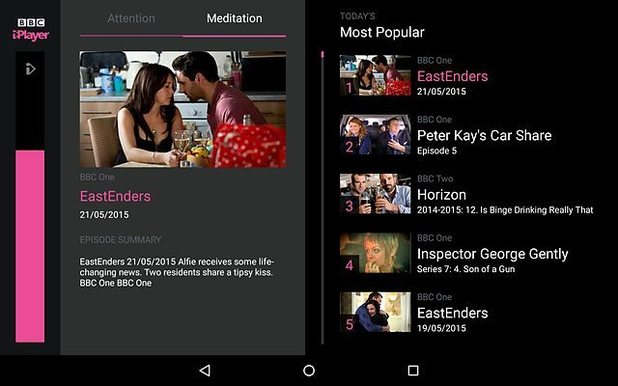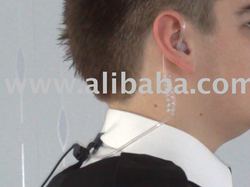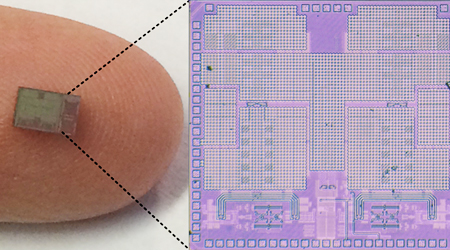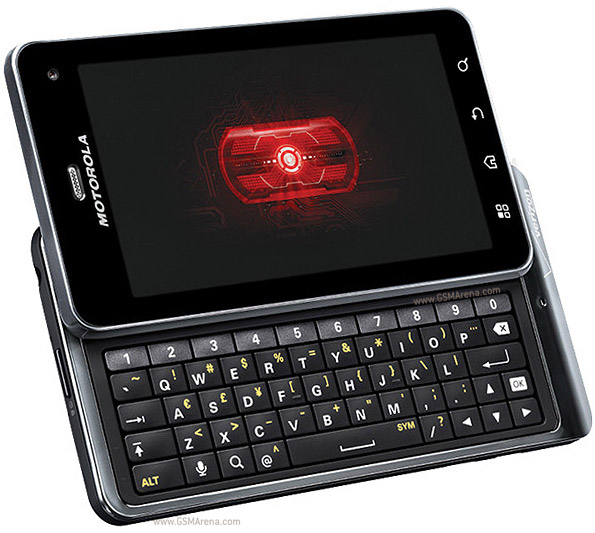Philosopher Albert Camus once wrote, “What I know most surely about morality and the duty of man I owe to sportâ€. It is hard to find a more fitting
epitaph for Verne Gagne, beloved wrestling champion and influential promoter, who passed away in April of this year.
Verne, who was 89 years old, had been suffering from Alzheimer’s disease and living in a health care facility in Minnesota. However, it would be wrong to dwell on the saddening end of a life as successful and pioneering as that of Verne Gagne, a man who helped to shape the landscape of professional wrestling forever.
At varying times during his life, Gagne was an NFL pro footballer (with both the Green Bay Packers and the Chicago Bears), an alternate for the USA’s Olympic wrestling team, a multi-time amateur wrestling champion, a US marine, a World Champion professional wrestler, a hugely successful promoter and a devoted husband and father.
He trained, or helped to train, many of the biggest and most successful names in professional wrestling history, including future World Champions Ric Flair, Ricky ‘The Dragon’ Steamboat, The Iron Sheik, Bob Backlund, Dick The Bruiser, Sgt. Slaughter, Blackjack Mulligan and ‘Mr. Perfect’ Curt Hennig (father of current WWE wrestler Curtis Axel), as well as industry legends such as ‘Cowboy’ Bill Watts, Larry ‘The Axe’ Hennig (father of Curt), Blackjack Lanza, Baron Von Raschke, Jimmy Valiant, Ken Patera, Ole Anderson, Jim Brunzell and, of course, his own son, Greg Gagne.
Verne Gagne’s story begins on a little farm near Corcoran, Minnesota. He was born in 1926, into a very different world than the one we live in today. As a child, Verne would sit on his grandfather’s lap and listen to wrestling on the radio, as there was no television. As Greg Gagne recalled in the WWE’s 2006 ‘Spectacular Legacy of the AWA’ DVD, it was during one such session that Verne announced his intentions to become a professional wrestler.
Gagne’s amateur wrestling accomplishments speak for themselves, Verne was named the Northwest AAU Champion in 1942, Minnesota High School Champion in 1943 and ‘Big Ten’ Champion in 1944, 1947, 1948 and 1949. He was also crowned National AAU Champion in 1948 and 1949 and was selected for 1948’s US Olympic Team (although he didn’t compete). Gagne also won the NCAA Championship in 1949.
As a promoter, Verne was famous for his emphasis on realistic, ‘scientific’ wrestling, a view that contrasted sharply with the then-WWF’s more cartoonish, family-orientated approach to the sport.
After he turned pro, Verne Gagne became one of the first stars of the early TV era of wrestling, becoming the NWA (National Wrestling Alliance) Junior Heavyweight Champion in the process. In an era of more serious, credible and ‘straight-laced’ wrestling, Verne Gagne exhibited a special kind of charisma, which was backed up by his great work-rate and wholly believable matches. He was also among the first wrestlers to seek endorsements outside of the wrestling world, a move which paid off handsomely at the time and hinted at a high level of business acumen.
Eventually, as Gagne’s popularity with wrestling audiences increased, he became frustrated at the NWA’s apparent unwillingness to allow him a run with the World’s Heavyweight Championship, at that time held by Lou Thesz. Later, when Pat O’Connor was World Champion, the NWA again refused Gagne a title run. Because of this, largely political, limitation, Gagne and his partner Wally Karbo purchased the Minneapolis territory and seceded from the NWA, taking several other territories with them and forming the bedrock of the
American Wrestling Association (AWA) in the process.
The AWA proved to be a successful venture and ran between 1960 and 1991. During that time, the company expanded outwards into traditional NWA territories, in a similar (albeit less aggressive) manner to the way that Vince McMahon Jr’s WWF would expand in the 1980’s. Vince Jr has even gone on record to say that if he hadn’t taken wrestling national when he did, Verne Gagne would have done so.
Whilst still an active competitor, Verne drew criticisms in some quarters for constantly booking himself as the AWA World Champion, including one run that lasted from 1968 until late 1975 (he eventually lost the belt to Nick Bockwinkel). However, it should be noted that Verne was undeniably the promotion’s biggest star and that the company was effectively built around his star power. As AWA World Champion, Verne feuded with some of the all-time greats of pro wrestling, stars like Bockwinkel, Fritz Von Erich, Gene Kiniski and The Crusher.
In the 1980’s, the AWA found itself going head-to-head with Vince McMahon’s WWF, a promotion which had been mainly built around the acquisition of Hulk Hogan, a man who had been the AWA’s biggest drawing card not long before. McMahon sought to dominate the wrestling industry by expanding his New York-based territory via cable television. Almost overnight, the AWA’s top talent abandoned Verne’s outfit for the greater exposure offered by McMahon’s WWF and the AWA suffered for a lack of credible main event stars.
Despite this, Gagne’s AWA still offered a very different product to McMahon’s WWF. Where the WWF promoted bodybuilders and super heavyweight ‘big man’ bouts as its top attractions, the AWA was still offering classier, more traditional wrestling matches.
Even under diminished circumstances, the AWA was still an important starting point for many wrestlers to polish their performances and ‘round out’ their ring work and personas.
Over the years, Gagne’s promotion gave a start to many talents that are now regarded as legends within the wrestling industry, including WWE Hall of Famers Hulk Hogan, Shawn Michaels, ‘The American Dream’ Dusty Rhodes, ‘Superstar’ Billy Graham, Scott Hall, Jesse ‘The Body’ Ventura, The Road Warriors and even announcer ‘Mean’ Gene Okerlund, as well as many other stars including Big Van Vader, The Nasty Boys, ‘Mad Dog’ Vachon, Marty Jannetty and Rick ‘The Model’ Martel.
The AWA hung on for as long as it could, but in the wake of the WWF onslaught and an ongoing legal dispute concerning some land he owned along Lake Minnetonka, Verne was effectively forced out of business, going bankrupt in 1991 and later selling his company (and its entire video library) to the WWF.
Despite the ultimate demise of the AWA, Verne Gagne remained one of the most recognised, respected and beloved professional wrestlers of all time. In his 2013 book ‘The 50 Greatest Professional Wrestlers of All Time’, former ‘Wrestling at the Chase’ announcer Larry Matysik ranked Gagne at number 11, saying “As much as his ownership of the AWA leads to criticism that he was its champion, the reality of the promotion’s huge profitability for more than two decades demonstrates that the audience bought him as that champion. And AWA shows drew well even when Gagne was not workingâ€.
Gagne’s legacy as one of the greatest professional wrestlers of all time is already assured. By the time he retired, he was a 15-time World Champion (10 time AWA World Heavyweight Champion, 5 time Omaha World Championship), as well as a Champion in Japan.
He was an inductee into the
WWE Hall of Fame, as well as the WCW, Professional Wrestling and Wrestling Observer equivalents. In addition to his incredible in-ring exploits, Verne Gagne should also be remembered as one of the most successful wrestling promoters ever, as well as one of the best teachers the industry ever produced.

For his talent, charisma and freewheeling entrepreneurial spirit, Verne will always be remembered as one of the very best. He was, to quote his son Greg, “a special manâ€.

